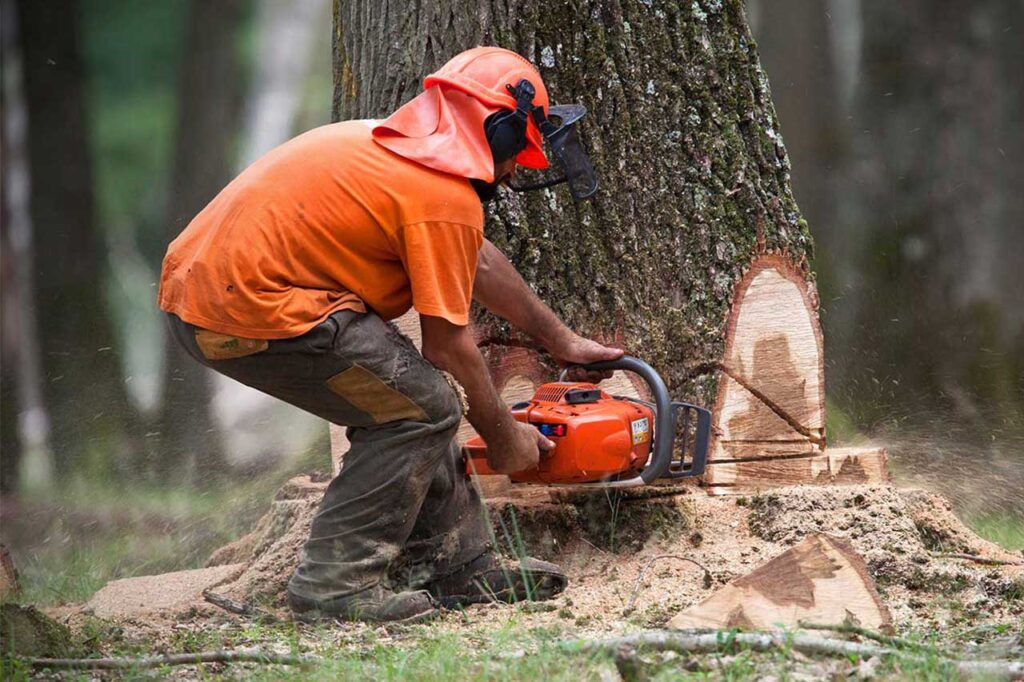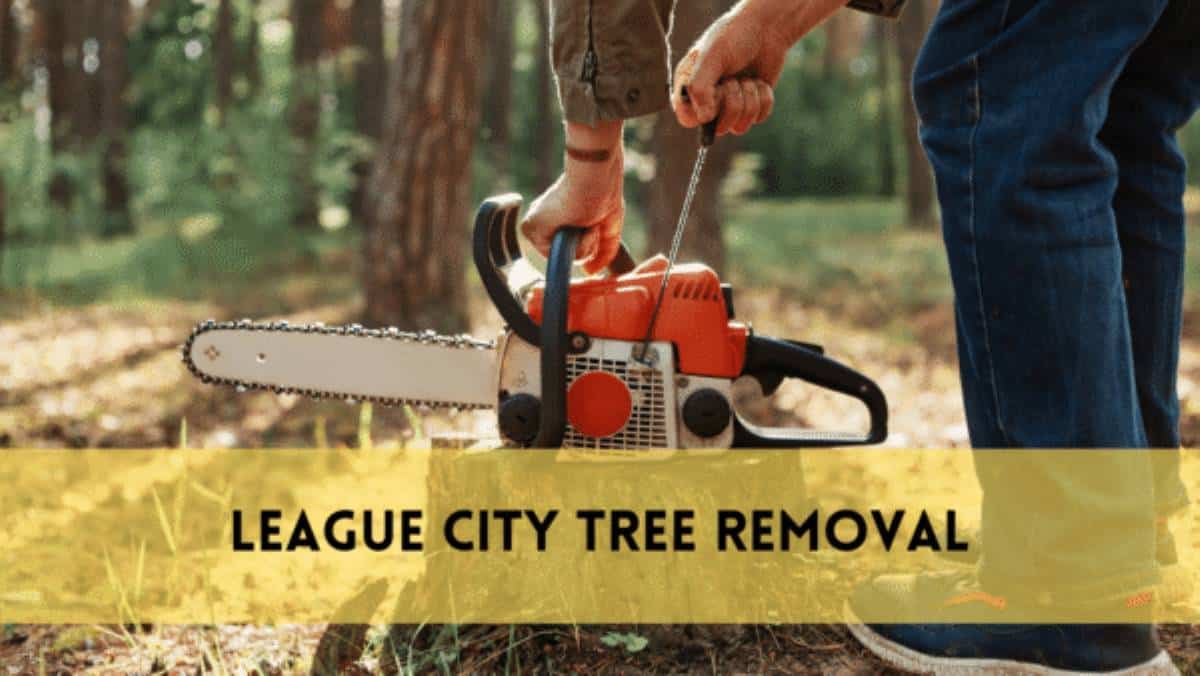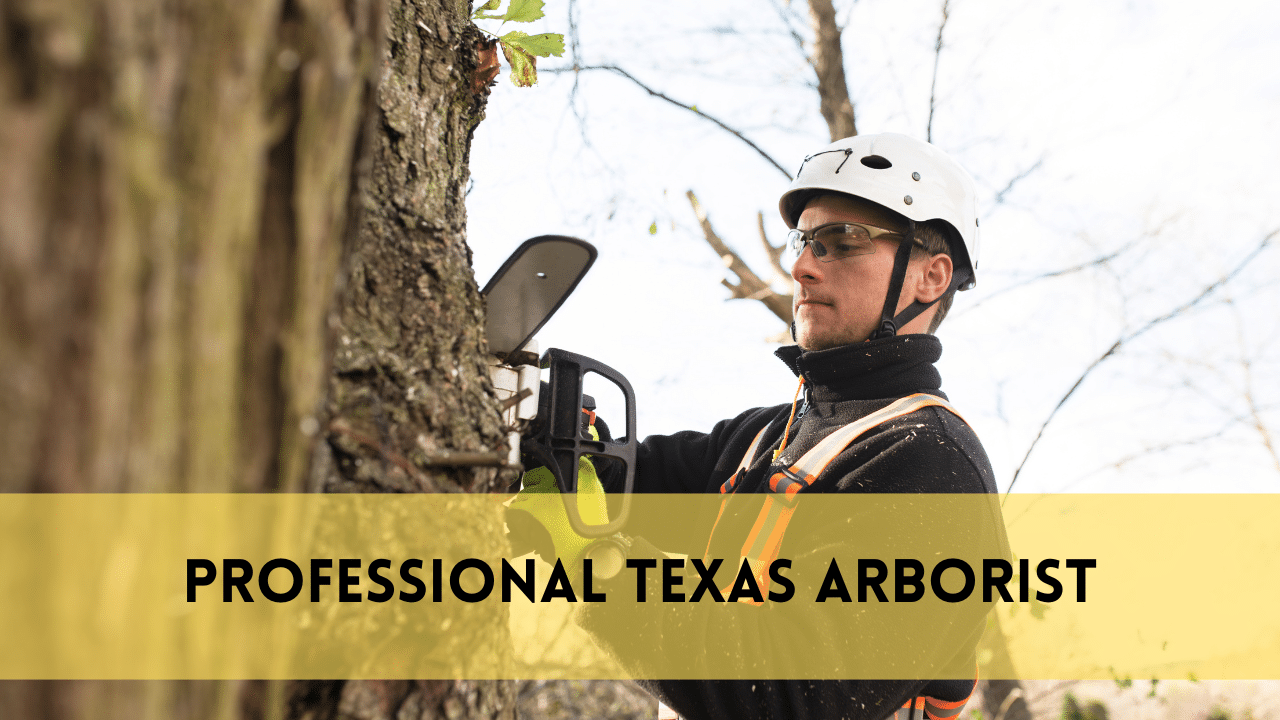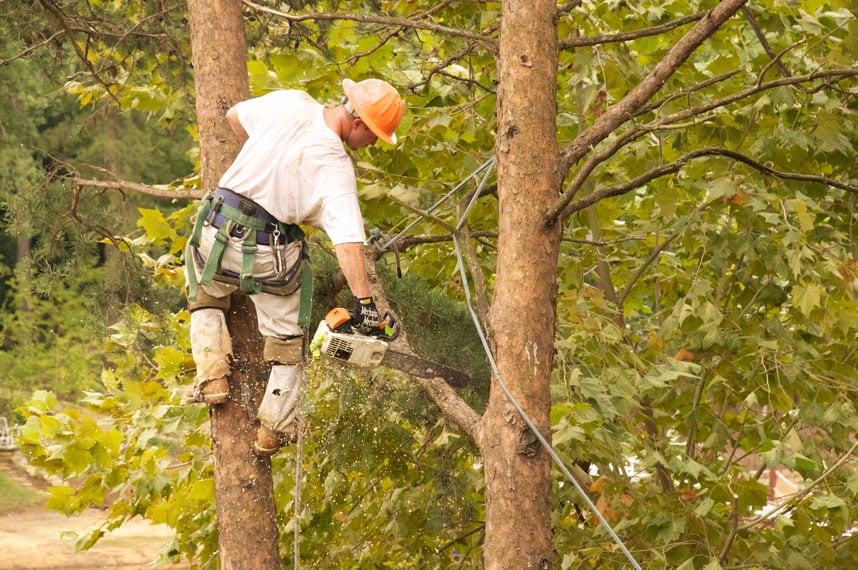Master Arborist
In the intricate tapestry of nature, where branches connect and leaves whisper stories of growth, a master arborist develops as a protector of this living canopy. Enter the world of arboriculture, guided by Sugar Land Arborists, and learn about the skill of caring for nature’s canopy. Nurturing nature’s canopy is more than a duty; it is a commitment to preserving the natural area. Sugar Land Arborist, a beacon of expertise, invites you to take a journey through the delicate balance of pruning, soil enrichment, and arboricultural knowledge. As we delve into the centre of tree maintenance, let our knowledge radiate out far and broad. Join us in unravelling the narrative of nature’s canopy with the skilled assistance of a Master Arborist.
Master Arborist’s Credentials: A Tapestry of Expertise
Sugar Land Arborist stands out in the arboriculture environment with a distinguished tapestry of qualifications, demonstrating their constant commitment to excellence and significant competence in the field of tree care. Sugar Land Arborist has polished their talents over decades of committed service, expertly navigating the complexities of arboriculture. With industry-recognized certificates and a deep commitment to conserving nature’s treasures, the arborist emerges as a light of knowledge and authority in the green sector. Sugar Land Arborist, who has observed the evolution of arboriculture, has developed a keen awareness of tree physiology, growth patterns, and the complicated interplay between different species and their habitats. This abundance of expertise establishes the arborist as a reliable adviser, ready to untangle the complexities of tree care and impart insights that only time and effort can provide Begin your adventure with a Master Arborist whose credentials are more than just a list; they weave together experience, competence, and an unrelenting commitment to the thriving of nature’s verdant treasures.
The Art of Pruning: Sculpting Nature’s Elegance
Pruning, when done with skill, is similar to sculpting. Sugar Land Arborist uses a delicate technique, deliberately eliminating branches to improve the tree’s natural form, promote balanced growth, and showcase each specimen’s intrinsic grace.
The artistry of pruning extends to canopy management, in which the arborist achieves a harmonic balance of density and openness. This not only improves the tree’s appearance, but also assures adequate sunlight penetration for long-term health.
Pruning is an essential part of tree health, in addition to its aesthetic value. Sugar Land arborists use selective pruning to remove diseased or damaged branches, creating an environment that promotes vigorous development and resistance to pests and diseases. The Master Arborist creates a seasonal pruning symphony to align with the natural rhythms of trees. This thoughtful approach enhances the positive influence on tree health while minimizing stress. Pruning creates an aesthetic metamorphosis, giving trees renewed vigour and grace. The creativity rests not only in the process of pruning, but also in uncovering the underlying beauty that emerges when nature’s grace is meticulously carved. Each cut is a brushstroke, and each tree stands as a tribute to the enduring collaboration between human hands and nature’s inherent beauty.
Soil Enrichment Strategies: Nourishing the Tree’s Foundation
Arboriculture defines a tree’s health as beginning at its roots, which are firmly rooted in the soil. Sugar Land Arborist, a steward of sustainable tree care, reveals the critical technique of soil enrichment a fundamental practice for promoting healthy tree development.
Sugar Land Arborist uses compost to enhance soil fertility. Compost, which is high in organic matter, improves soil structure, increases water retention, and introduces a variety of helpful microbes, resulting in an optimal environment for root development.
Arborists utilize mulch strategically to protect the soil. Mulch prevents moisture evaporation, suppresses weeds, and regulates soil temperature, ensuring that the tree’s roots grow.
Soil health relies on maintaining a precise balance of nutrients. Sugar Land Arborist does thorough soil testing, designing fertilizer amendments to remedy shortages and establish a nutrient-rich foundation for long-term tree viability.
The arborist promotes the symbiotic interaction between trees and mycorrhizal fungus. Mycorrhizae improve nutrient absorption, root development, and overall tree resilience, demonstrating the creative interplay between trees and microbes.
Sugar Land Arborist uses water-wise soil management to keep trees hydrated without affecting soil structure. Water enters the roots in a controlled and sustainable manner when efficient irrigation techniques are used.
Arborists modify enrichment procedures to the different seasons, taking into account soil dynamics. From fertilizer changes in the spring to winter mulching for insulation, each season necessitates a unique approach to soil maintenance.
Common Tree Issues: A Master Arborist’s Diagnostic Prowess
Sugar Land Arborist’s expertise extends beyond nurturing to recognizing and fixing common tree ailments. This arborist’s ability to decipher tree language ensures that issues affecting our leafy companions are resolved quickly and effectively.
Sugar Land arborists excel at identifying subtle signs of tree illnesses. Through diligent monitoring and diagnostic expertise, they identify problems ranging from fungal infections to bacterial infestations and execute targeted therapies to restore tree health.
Arborists play a crucial role in the complex relationship between trees and pests. Sugar Land Arborist’s understanding of pest behaviour and ability to detect indicators of infestation allow them to adopt precise pest management measures while conserving the tree’s integrity.
Sugar Land Arborists analyze the influence of factors such as poor soil conditions, insufficient irrigation, and climate extremes. Their actions reduce stress, allowing plants to grow despite environmental difficulties.
Arborists use soil analysis and eye inspection to identify nutrient deficits that cause symptoms such as yellowing leaves and stunted development. Nutrient amendments are tailored to remedy inadequacies and renew the tree’s general well-being.
Related Posts:
Preserving Mature Trees: Arborist’s Approach to Longevity
Arborist Heights begins preservation with a thorough evaluation of a mature tree’s structural integrity. Potential concerns such as weak branches, evidence of degradation, or structural imbalances are recognized and remedied via skilled examination.
Pruning is a precise tool in an arborist’s preservation toolkit. Strategic deadwood removal, selective branch thinning, and shaping interventions improve the appearance of the tree while also promoting general health and longevity.
Arborist Heights practices a soil enrichment ritual around mature trees because they recognize the importance of soil health. This includes nutrient-dense amendments, mulching procedures, and aeration processes that are suited to the tree’s individual requirements.As a watchful disease defender, the arborist takes proactive efforts to protect mature trees from potential dangers. Regular monitoring, disease-resistant species selection, and prompt treatments are all part of their entire defence system.
Arborist Heights prioritizes the well-being of the tree’s roots. Adequate irrigation, soil aeration, and protection against construction-related disturbances are all part of their preservation plan. Sugar Land Arborist’s approach to preserving mature trees is a testament to their commitment to the arboricultural legacy. Through a blend of expertise, care, and strategic interventions, these guardians of the landscape ensure that mature trees not only endure the test of time but flourish with grace and vitality.
FAQS
How frequently should I prune my trees?
The Sugar Land Arborist suggests pruning most tree types every 3-5 years. However, certain trees may require more frequent trimming for good health and appearance.
What symptoms suggest that a tree requires professional care?
Watch for signs of withering foliage, odd growth patterns, or rapid leaf discoloration. Consulting a sugar land Arborist ensures a thorough diagnostic and effective treatments.
Can mulching improve tree health?
Mulching is a suggested practice by Sugar Land Arborists. It conserves soil moisture, controls temperature, and inhibits weed growth, creating a favourable environment for tree roots.
How can I enhance the soil fertility around my trees?
Sugar Land Arborists recommend frequent soil testing to assess fertilizer levels. According to findings, arborist-recommended fertilizing can improve soil fertility.
How do I recognize indicators of tree disease?
Sugar Land Arborists recommend paying close attention to indicators such as leaf patches, cankers, or aberrant development. Early detection allows for timely intervention, preventing the spread of infections.
Conclusion
As we walk through the green landscapes created by Sugar Land Arborists, it becomes clear that their duty is more than just tree care; it is a partnership with nature itself. Arborist Heights, with its abundance of knowledge, passion, and environmental stewardship, emerges as nature’s guardian, directing the blossoming tapestry of trees.
In this arboricultural trip, the arborist’s painstaking approach to tree care reflects a healthy cohabitation between urban and natural environments. Every activity, from precise pruning to soil health and disease defense, contributes to the depiction of sustainable, thriving landscapes. As we stand beneath the canopy of their expertise, it’s evident that working with Sugar Land Arborist is more than simply a tree care investment; it’s a commitment to our planet’s well-being





